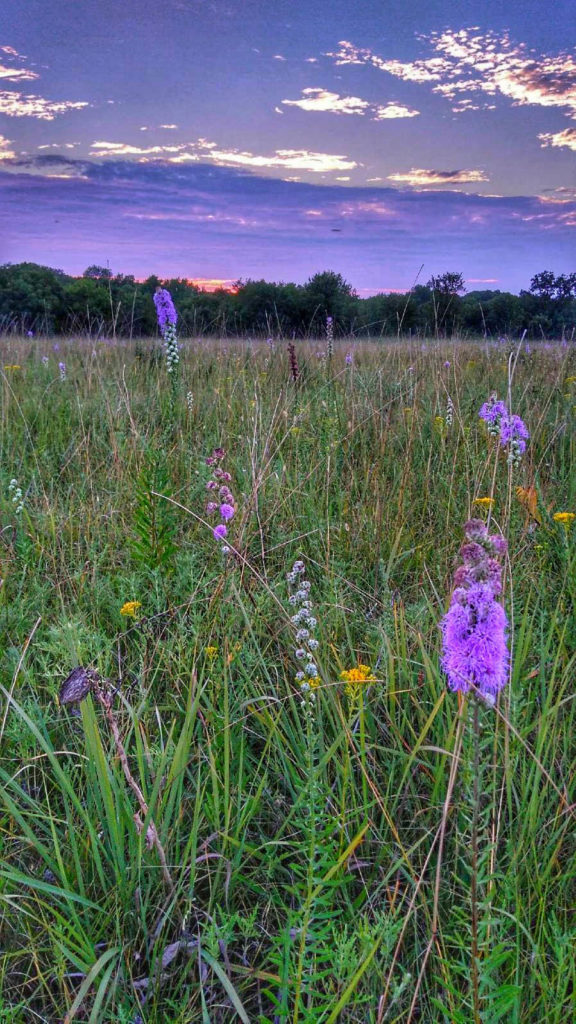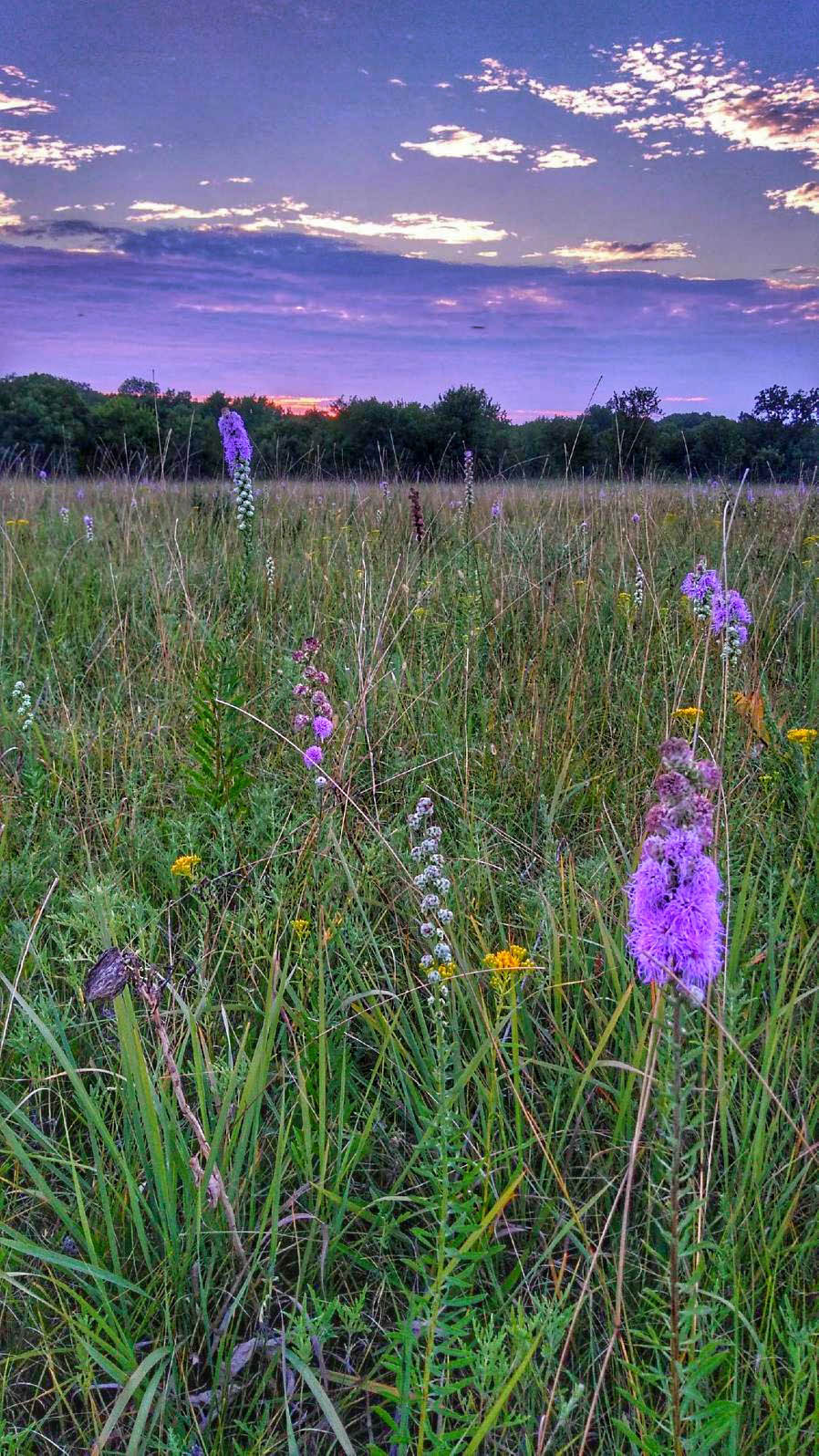
“The Blazing Star is an unforgettable native perennial with electric purple flowers,” states one botanical source of information for the wildflower with grass-like foliage and tall, spiky blooms.
Unforgettable is also a good description for these blooms set against a matching sky background photographed recently on property in Oklahoma managed by Bird & Crawford Forestry.
The Liatris pycnostachya, better known as the prairie blazing star, is a perennial plant belonging to the aster family. There are thirty total species of the plant in North America, and the pictured bloom is the kobold blazing star.
The eye-catching and beautiful Native American wildflower produces many different color combinations including the purple and pink kobold species. It blooms from July to September and flourishes in moist soils. It needs lots of sun and is very tolerant of heat, humidity, and even drought.
Everything in nature is an essential part of the ecosystem in Southern forests. Various mammalian herbivores consume the prairie blazing star for food. Younger plants may be eaten by rabbits and groundhogs, while deer or livestock favor mature plants. Small rodents, such as the Prairie Vole and Meadow Vole, sometimes eat the corm (the underground storage stem or bulb) portion of the plant. The colorful flower also attracts a variety of wildlife such as butterflies, bees, and hummingbirds.
Populations of the blazing star were once numerous, however, in recent years they have been reduced to fragmented populations in some areas due to the conversion of prairie to agricultural land and urbanization.
(Photo credit: The photo was provided by Dr. Dan Howard and Dr. Carrie Hall.)




